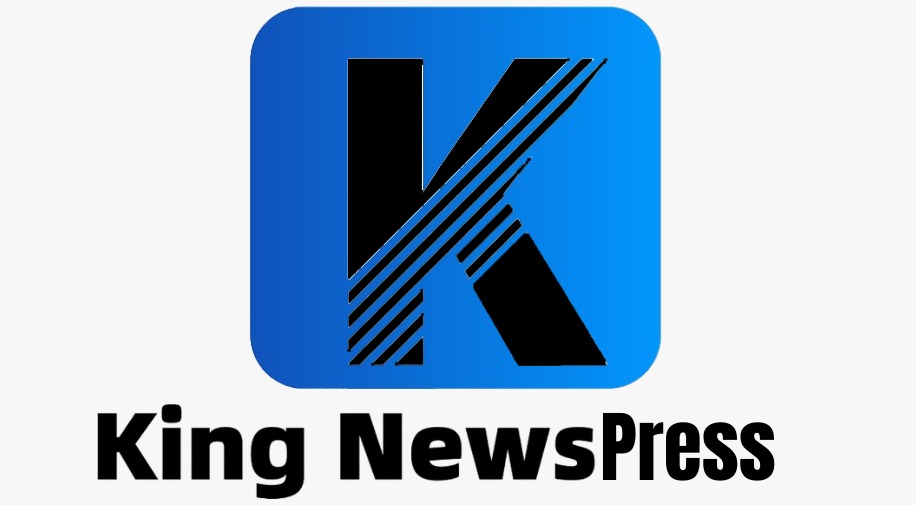BridgeHold.co Identifies Major Cross-Chain Bridge Vulnerability Putting Locked Value at Systemic Risk

Switzerland, 28th Nov 2025 – BridgeHold.co has released a detailed analysis uncovering a newly identified cross-chain bridge vulnerability that could place billions in locked digital assets at risk across multiple blockchain networks. The discovery marks one of the most significant findings in the company’s recent research cycle, underscoring the rising complexity of multi-chain interoperability systems and the heightened need for robust, intelligence-driven security frameworks in digital-asset ecosystems.
According to the company, the vulnerability stems from a flaw within certain bridge architectures that rely on predictable validation pathways and insufficient synchronization assumptions between interconnected chains. These weaknesses could—under sufficiently aligned conditions—allow malicious actors to manipulate message verification, interfere with state-transition logic, or induce false confirmations. While no exploit of this specific issue has yet been confirmed publicly, the conditions required to trigger it reflect a growing category of architectural risks emerging across cross-chain settlement systems.
As a crypto analytics, blockchain security, and cyber intelligence provider, BridgeHold.co reports that the discovery highlights foundational gaps in how cross-chain bridges process state information, manage validator logic, and synchronize event sequences across multi-network environments. The company notes that bridges commonly represent some of the largest concentrations of locked value in the digital-asset ecosystem, and architectural flaws at this level can carry systemic implications across liquidity venues, automated applications, and asset-transfer infrastructure.
Multi-Layered Assessment of Bridge Weaknesses
The vulnerability was identified through the company’s multi-layered intelligence review framework, which examines asset-transfer mechanics, verification processes, and synchronization dependencies within cross-chain ecosystems. Rather than focusing solely on code-level exploits, the assessment evaluates how operational states evolve across interconnected blockchains and how discrepancies in timing, validation, or message finality may generate exploitable conditions.
In its detailed analysis, BridgeHold.co notes that interoperability infrastructure has expanded rapidly alongside the growth of multi-chain ecosystems. However, security assumptions have not always kept pace. Many bridges operate with layers of automation and batching logic that function well under normal conditions but become vulnerable when interacting with delayed block confirmations, short-range reorganizations, or inconsistencies in multi-chain validator coordination.
The company’s report highlights that even minor desynchronizations can produce situations where an attacker may attempt to influence message-passing processes. In scenarios where bridge validation depends on a predictable threshold of confirmations or specific ordering logic, attackers may attempt to influence chain states or exploit timing discrepancies to generate unauthorized transfers. While such attempts are technically complex, the presence of the underlying conditions alone represents a long-term risk factor for bridges holding large amounts of locked value.
Implications for Asset Security and Ecosystem Design
Cross-chain bridges serve as critical infrastructure for liquidity mobility, asset deployment, and multi-network interoperability. However, they also represent concentrated risk because they store substantial reserves of collateral, wrapped assets, or liquidity pools used to facilitate transfers. According to BridgeHold.co, the newly identified vulnerability adds to a growing list of architectural concerns that emphasize the need for more transparent verification frameworks and deeper alignment between security models and operational assumptions.
The company notes several long-term implications for digital-asset platforms and ecosystem developers. First, bridge designs dependent on static trust models or fixed-threshold validators may be more susceptible to timing-based manipulation attempts. Second, some systems rely heavily on delayed settlement or asynchronous confirmation checks, creating additional windows in which an attacker could attempt to distort network conditions. Third, variations in block-production speeds and reorganization risks across chains may complicate the assumptions underpinning message-passing frameworks.
These conditions, while not universal across all bridges, highlight how multi-chain infrastructure can create scenarios in which single-layer security assumptions may not sufficiently address operational complexities. As ecosystems integrate more advanced transfer systems—including multi-chain rollups, chain-agnostic execution environments, and tokenized asset mirrors—the foundational requirements for secure verification will become increasingly prominent.
Operational Monitoring and Intelligence Integration
BridgeHold.co emphasizes that the discovery reinforces the importance of integrating continuous intelligence into operational monitoring of cross-chain systems. Traditional transaction-level review processes are insufficient for understanding dynamic synchronization risks that emerge across multi-chain architecture. Instead, institutions and platforms managing bridged assets may require additional intelligence sources capable of tracking verification integrity, timing irregularities, or deviations in message-propagation behavior.
The company explains that intelligence-driven oversight allows operators to identify early-stage conditions that could indicate execution anomalies or synchronization vulnerabilities. Monitoring cross-chain interactions at scale also provides insight into broader ecosystem behaviors, including shifts in liquidity pathways, unusual validator patterns, or timing discrepancies that could precede architectural stress.
BridgeHold.co states that ongoing assessment is essential because bridge vulnerabilities rarely emerge from isolated code issues alone. Instead, they often arise from how multiple independent systems interact under specific timing, load, or network conditions. This structural complexity requires a security model that incorporates behavioral intelligence, operational analytics, and multi-layer risk evaluation.
Broader Industry Considerations
The company notes that the long-term stability of the digital-asset ecosystem depends heavily on the reliability of cross-chain communication and the integrity of multi-network liquidity infrastructure. As more DeFi architectures, institutional settlement systems, and multi-chain applications integrate bridges into their operational pathways, vulnerabilities of this kind can generate wide-ranging implications.
In evaluating the broader industry landscape, BridgeHold.co highlights that bridge security must evolve at a pace consistent with growing use-case complexity. As ecosystems develop more sophisticated interoperability frameworks, security demands will extend beyond simple message verification. They will require holistic models capable of assessing timing conditions, validator consistency, cross-chain consensus dynamics, and application-level dependencies.
The company states that this discovery should be viewed as part of a broader shift in the digital-asset security paradigm. Rather than focusing solely on individual chain risk, operators must begin treating multi-chain environments as unified systems in which vulnerabilities can propagate across boundaries. This approach requires more synchronized intelligence frameworks, deeper architectural transparency, and continuous monitoring practices capable of capturing subtle but impactful signals.
Looking Ahead
With the digital-asset landscape evolving rapidly, BridgeHold.co anticipates that cross-chain bridges will continue to expand their role in enabling liquidity mobility and multi-chain application deployment. However, the company stresses that these advancements must be supported by robust, intelligence-driven security models capable of addressing the operational realities of multi-chain architecture.
By publishing its analysis, BridgeHold.co aims to support a more informed understanding of emerging bridge vulnerabilities and the structural challenges inherent to interconnected blockchain environments. The company views this discovery as an opportunity for developers, platforms, and institutional participants to reassess how security assumptions align with evolving market conditions and technological complexity.
Disclaimer:
This article is for informational purposes only and does not constitute financial advice. Cryptocurrency investments carry risk, including total loss of capital. Readers should conduct independent research and consult licensed advisors before making any financial decisions.
Crypto Press Release Distribution by BTCPressWire.com
Company Details
Organization: BridgeHold.co
Contact Person: Eric Adler
Website: https://www.bridgehold.co/
Email: Send Email
Address 2: 6300 Zug Schweiz, Switzerland
Country: Switzerland
Release Id: 28112538009
